Short-term Fattening Techniques for Mutton Sheep in Autumn
Date: 01/07/2021 08:33:11 From: feed-pellet-plant.com Clicks:
Short-term fattening of mutton sheep in autumn means that commercial sheep are fed in sheds 3 months before sale, and high-quality forages are added for fattening to increase the body weight, slaughter rate and economic benefits of commercial sheep. An effective measure is introduced as follows.
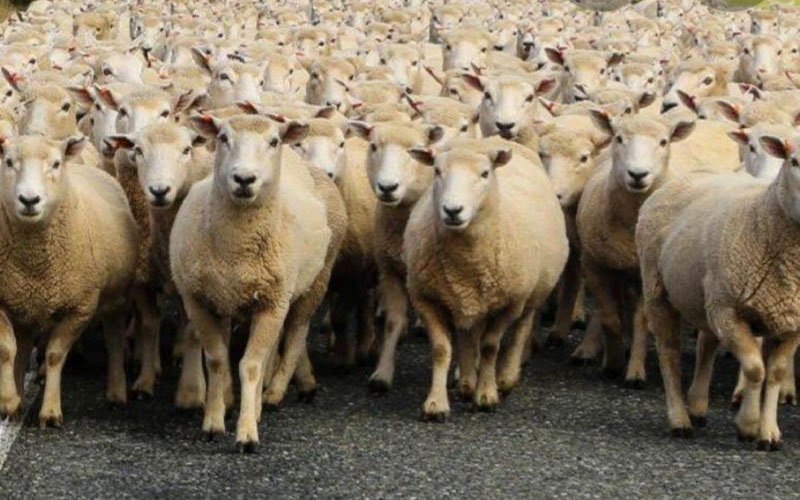
1. Prepare Before Fattening
Whether the short-term fattening of mutton sheep has achieved obvious results, the preparation before fattening is very important. At least the following preparations must be made:
(1) Preparation of sheep shed. Because it is necessary to feed in a shed, it is necessary to have a sheep shed. The feeding density of each sheep occupies 0.4-0.5 square meters in order to limit the movement of the sheep and increase the fattening effect. The location of the sheep house should be chosen in a place that is convenient for ventilation, drainage, lighting, shelter from the wind and the sun, and close to pasture land and feed warehouses.
(2) Preparation of forage grass and feed. Forage and fodder are the basis for fattening sheep. During the entire fattening period, each sheep needs to prepare 2—2.5 kg of hay, or 3-5 kg of silage, or 3-5 kg of ammoniated feed, etc.; the amount of concentrated feed is A sheep prepares 0.3-0.4 kg per day.
(3) Choice of fattening season. Since mutton is mostly used for lamb hot pot, and "mutton hot pot" is mostly eaten in winter and spring, the market demand for mutton in winter and spring is the largest. Commercial sheep is more suitable for slaughter in winter, so the fattening season of mutton sheep is selected in autumn The best, and the temperature is suitable this season, and the pasture grass and crop straw are abundant, which is conducive to the rapid growth and sales of mutton sheep.
(4) The choice of fattening sheep. Generally speaking, the lambs and young sheep of the year should be selected for fattening sheep, followed by the elimination of sheep and old sheep. After selecting the fattening sheep, the following work must be done: 1) Deworming: Because the internal and external parasites of sheep are very common, they will seriously affect the normal growth of goats. 2) Castration: For fattening rams that have not been castrated, they must be castrated, because castrated rams have a gentle temperament, good meat quality and fast weight gain. 3) Dehorning and repairing hoofs: Because horned sheep love to fight and affect their feeding, the horns should be removed by sawing off the base of the horns with a hacksaw, disinfecting with iodine, and sprinkling with anti-inflammatory powder. In general, after the rain, use fruit tree shears to cut off the tip of the over-grown hoof; then use a sharp knife to trim the edge of the hoof to the same level as the hoof. 4) Weigh regularly and make good records: that is, weigh the fattening sheep before and after fattening, so as to evaluate the fattening effect and summarize the experience and lessons.
2. Master the Principles of Feeding and Management
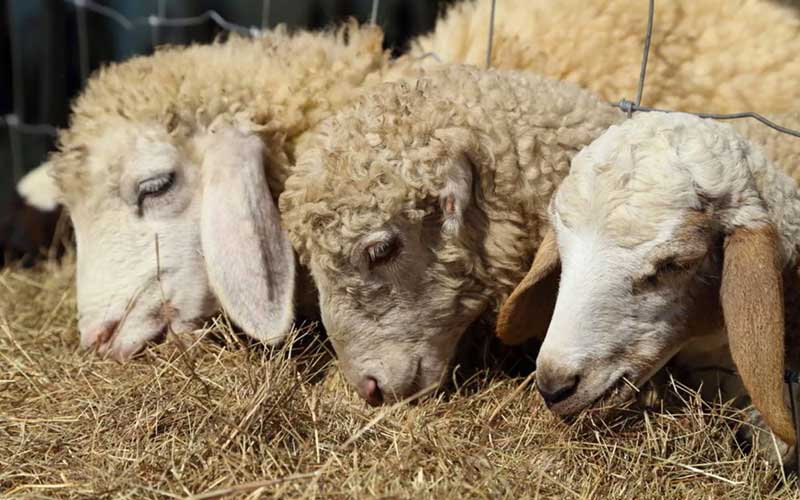
Sheep eat roughage
(1) Master the ratio of coarse and concentrated feed. Although sheep can make full use of roughage, in order to increase their daily gain during the fattening period, they must be given a certain amount of high-energy feed. A proper ratio of concentrate to crude can not only provide energy, but also meet the needs of protein, but also maintain the normal activities of the rumen and ensure the health of the sheep. Therefore, it is advisable for the concentrate to account for 1/3 of the diet.
(2) Protein level. The proportion of protein in the diet of sheep should be around 8%.
(3) Feeding amount and feeding method. The amount of sheep fed depends on their feed intake, and how much they eat. Its feed intake is related to the breed, age, sex, physique, palatability and moisture of the sheep. The greater the sheep's feed intake, the higher its daily gain. The daily feed intake of sheep is 2 to 2.5 kg for hay, 3-4 kg for fresh green grass, and 0.3-0.4 kg for concentrate. The feeding method is to feed concentrate first, then hay or coarse material, and finally drink water. At the same time, it is necessary to sprinkle some salt water on the concentrate, silage or coarse material, and the forage should be added at any time to maintain the strong appetite of the sheep and increase its feed intake.
(4) Daily management methods. This is mainly to minimize the movement of sheep and reduce consumption, so that all the nutrients absorbed by the sheep are used for weight gain. For fattening in autumn, the sheep can be released to bask at noon or graze nearby for a short time.
3. Several Commonly Used Concentrate Formulations
Short-term fattening must be supplemented with concentrate, and a reasonable combination of concentrates can achieve the effect of less material and fast weight gain. Several commonly used concentrate formulas are recommended below:
(1) Broken corn 40-45%, wheat bran 25-30%, cooked bean cake 15-20%, rapeseed cake 10-15%, salt 0.5-1%, adjust the total to 100%.
(2) 74% broken corn, 10% wheat bran, 14% cooked bean cake, 1.5% bone meal, 0.5% salt.
(3) 57% potato flour, 30% cakes, 10% bran, 2% bone meal, and 1% salt.
It should be noted that the seed feed should not be ground too finely to prevent the dust from being inhaled into the lungs of the sheep and affecting their health. In addition, when the concentrate is matched with green hay, it is best to add silage to supplement the needs of vitamins, or appropriately add multivitamins and trace elements.
It should be noted that the seed feed should not be ground too finely to prevent the dust from being inhaled into the lungs of the sheep and affecting their health. In addition, when the concentrate is matched with green hay, it is best to add silage to supplement the needs of vitamins, or appropriately add multivitamins and trace elements.
Richi Machinery provides a full range of sheep feed pellet production line and sheep feed powder production line design solutions and equipment. If you are interested in our sheep feed pellet machine or production line, please contact us for product details, videos and quotation plans. Look forward to your contact !
The above is the article for you: Short-term Fattening Techniques for Mutton Sheep in Autumn. If you are interested in our products or project solutions, please contact us. We will give you the best product quality and the best price. Email: enquiry@pellet-richi.com
Related Product
Production Line Equipment
related News
- >Uzbekistan Gizak 1t/h-2t/h Animal Feed Processing Plant for Floati
- >Analysis of Cost, Income and Economic Benefits of Large-scale Shee
- >The Feed Pellet Machine Makes Corn Stalks Into Cattle and Sheep Fe
- >50,000 ton/year Factory Price Easy to Maintain Cattle and Sheep Al
- >How to Make Caragana Korshinskii Into Cattle and Sheep Feed Pellet
- >What Is the Effect of Caragana Korshinskii Feed Pellets on Cattle,
- >50,000 Tons/year Caragana Pellet Cattle and Sheep Feed Production
- >How Much Does It Cost to Invest in a Pellet Processing Plant With
- >The Function of Modulator in the Processing of Cattle and Sheep Fe
- >30 Tons/hour Mixed Cattle and Sheep Feed Additive Production Line
Here you can submit any questions and we will get back to you as soon as possible. We will not disclose the information you submit to anyone, please rest assured.
Copyright© 2022 Richi Machinery. All rights reserved. Site Map


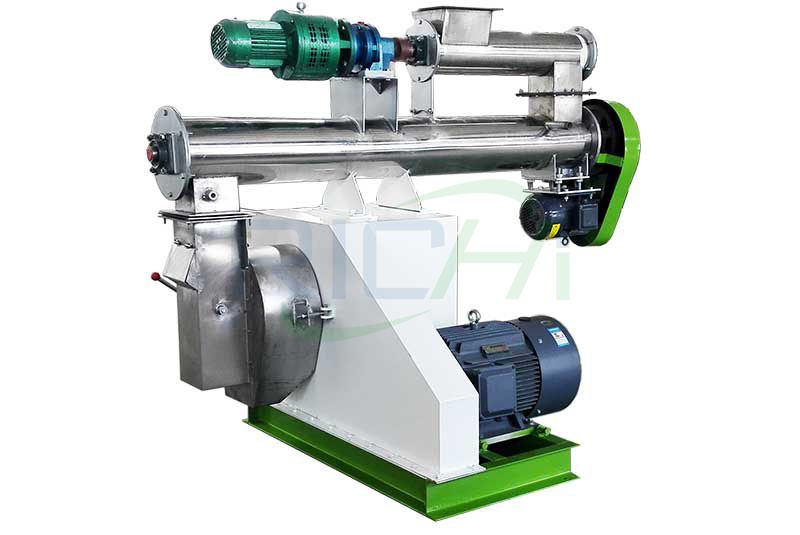
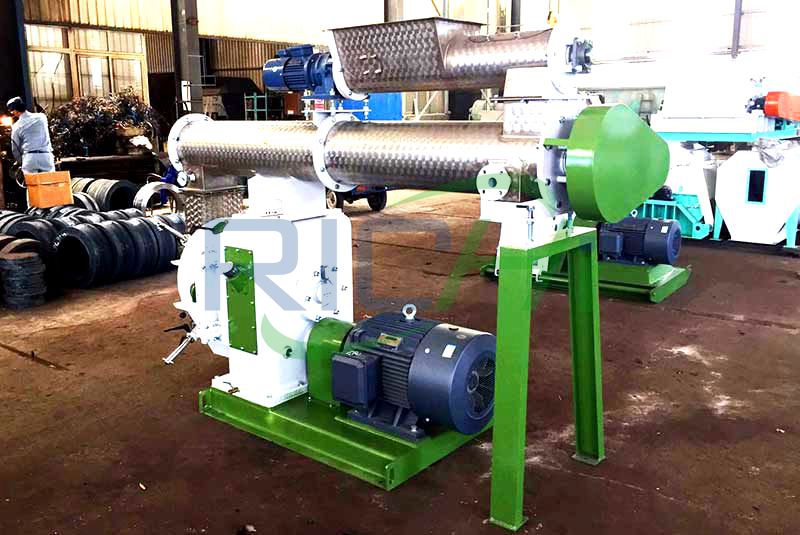
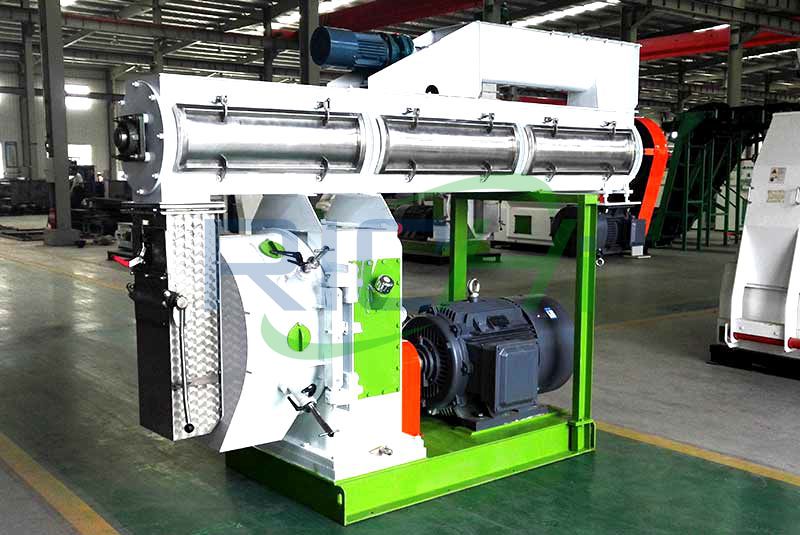
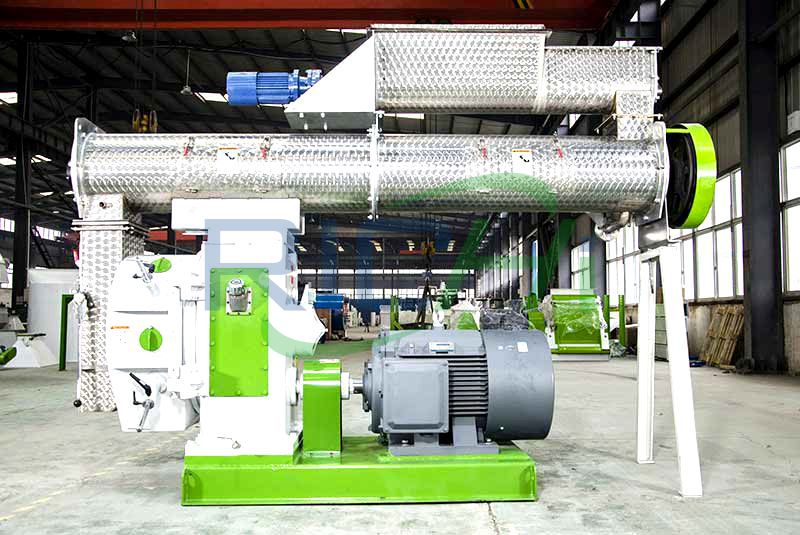
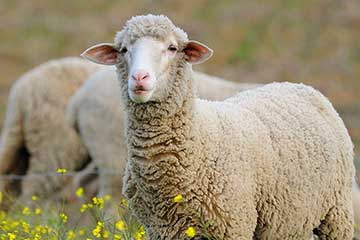
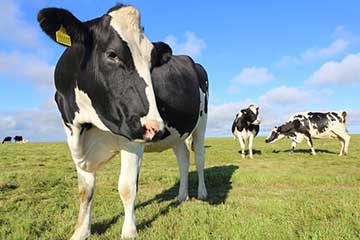
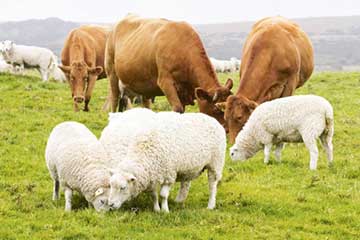
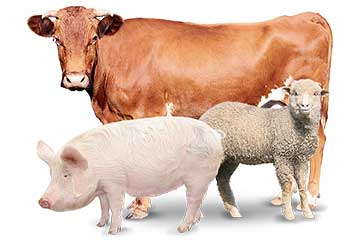
 Product Center
Product Center Get Latest Price
Get Latest Price